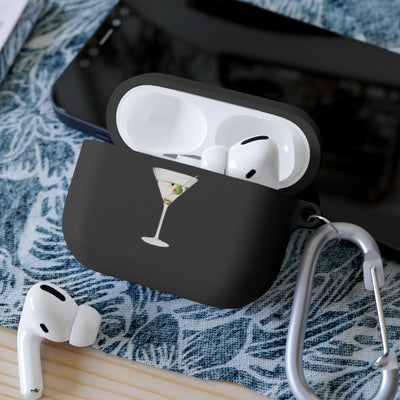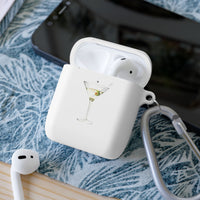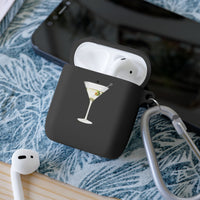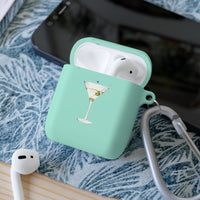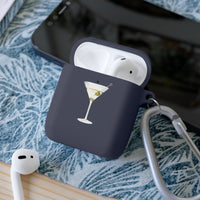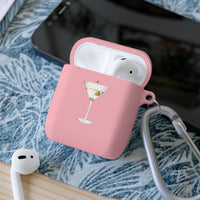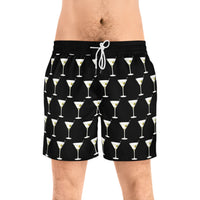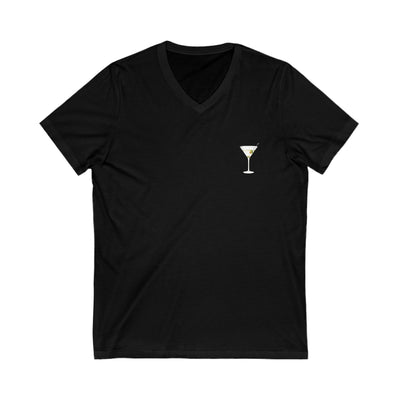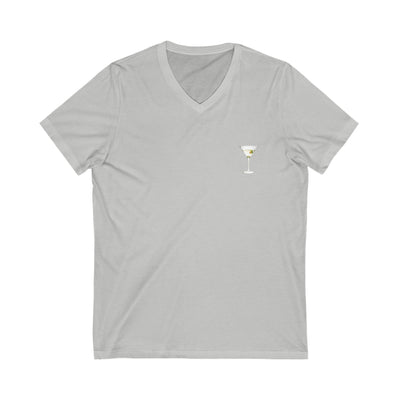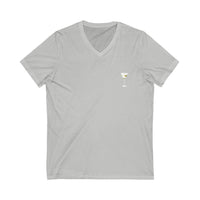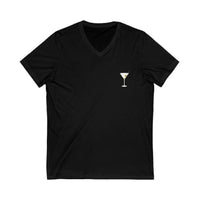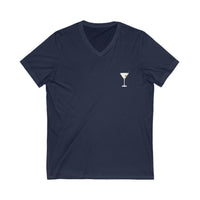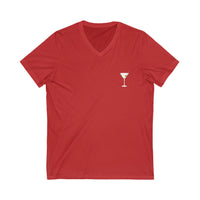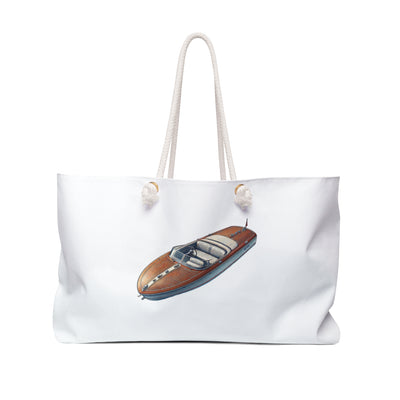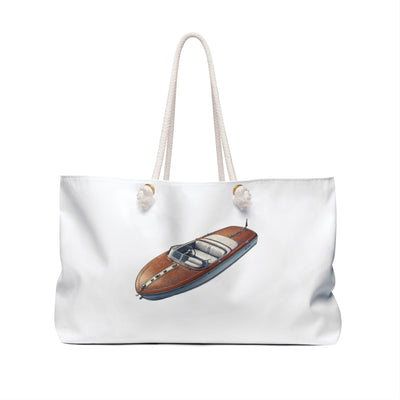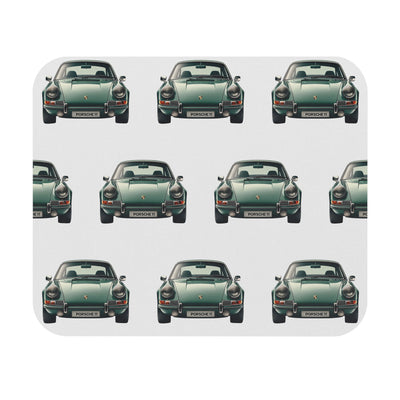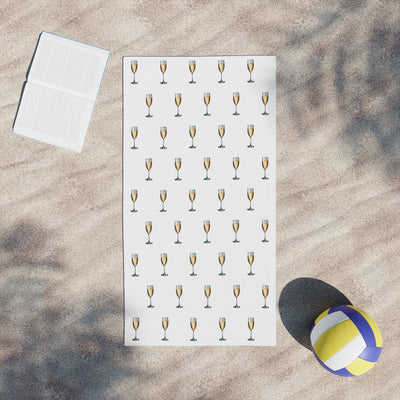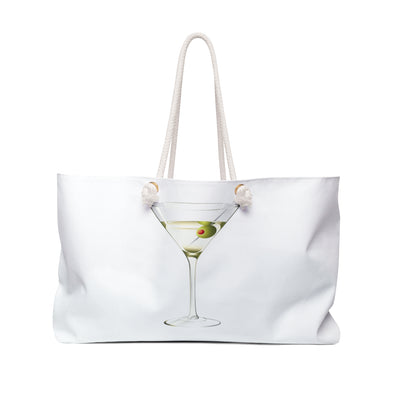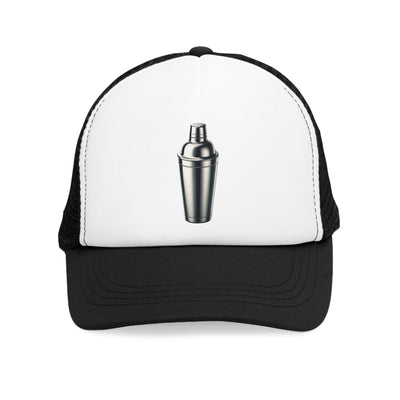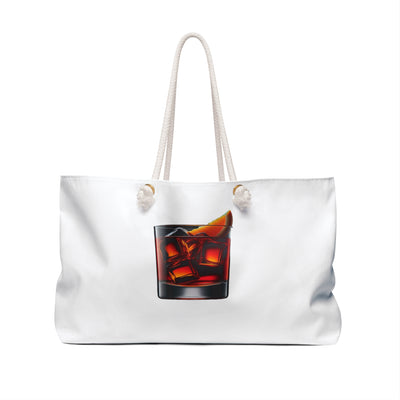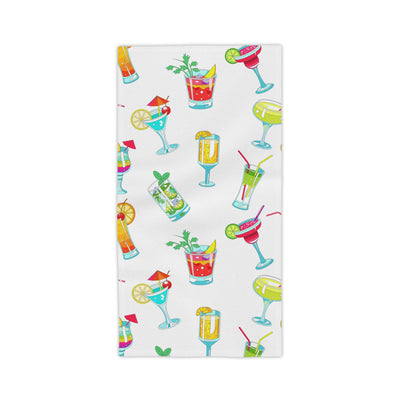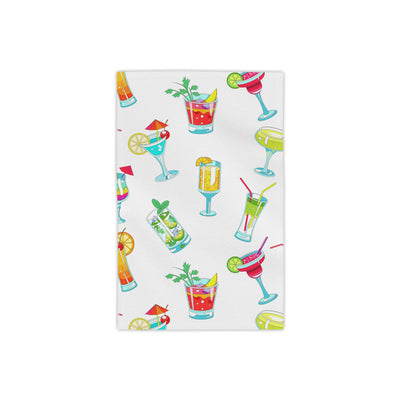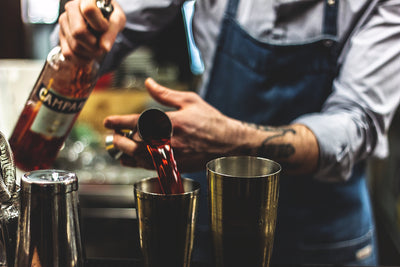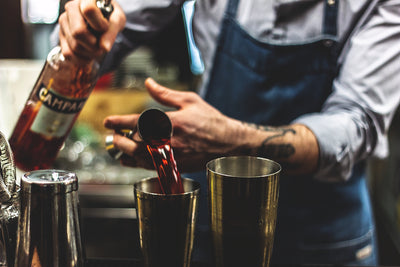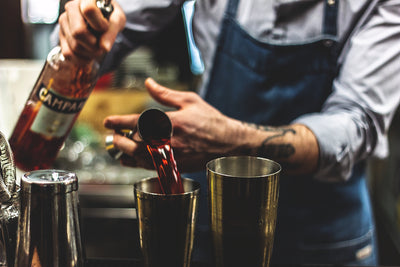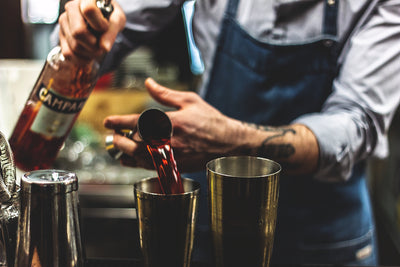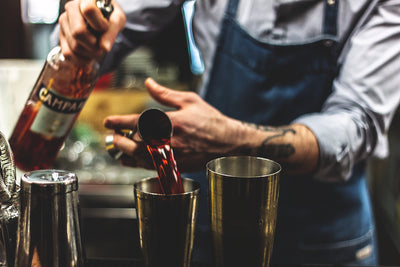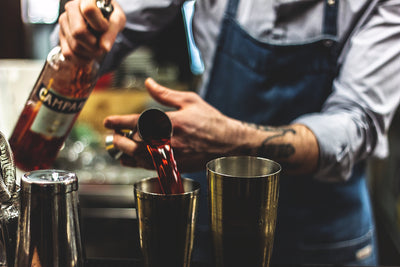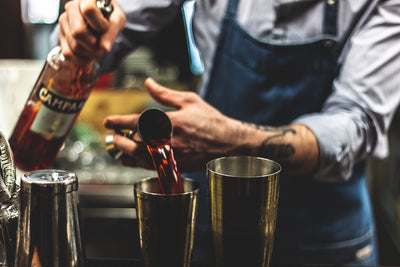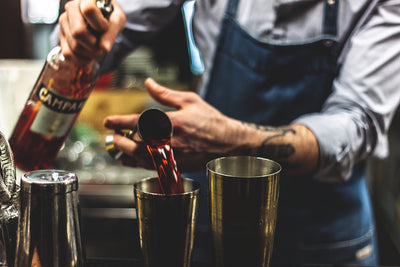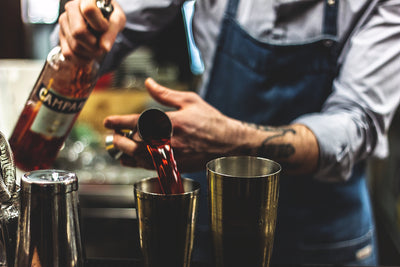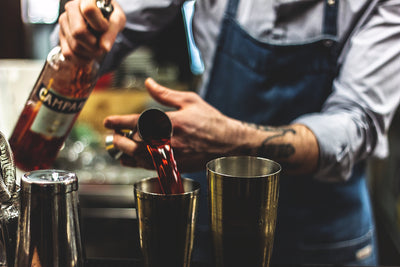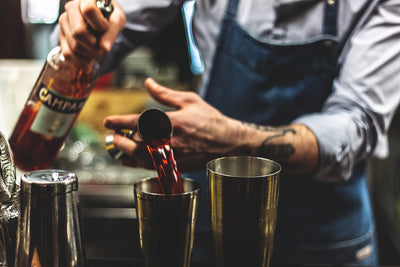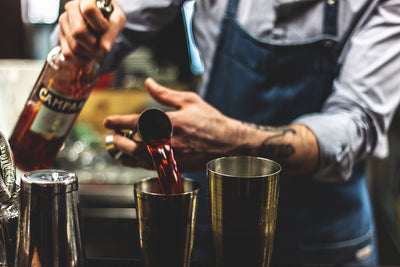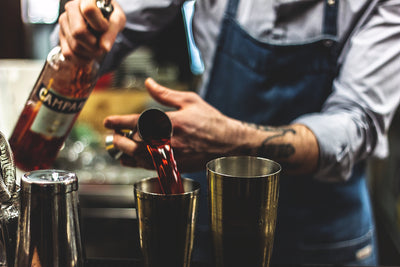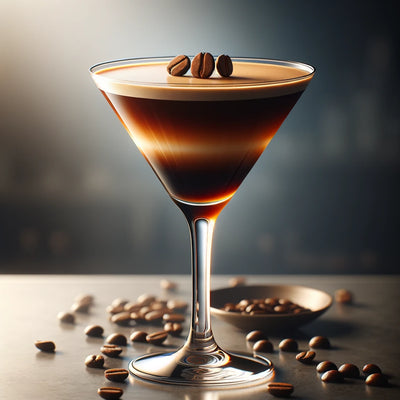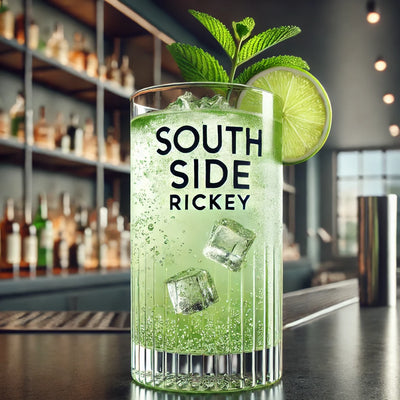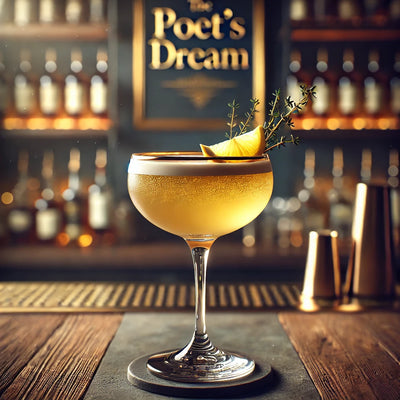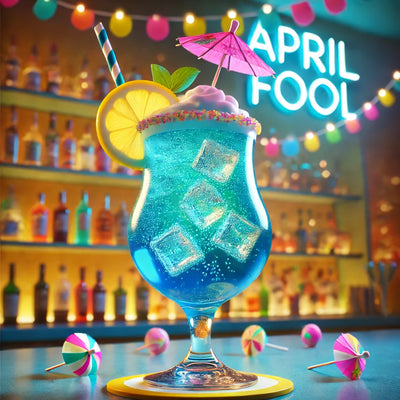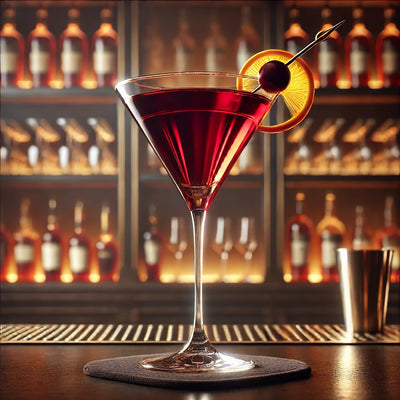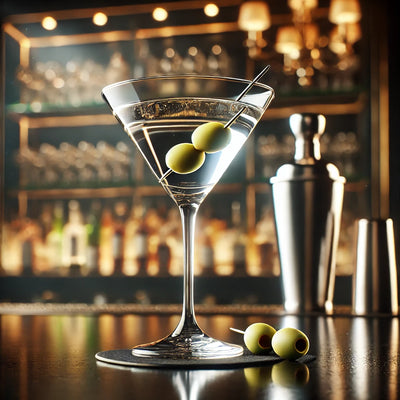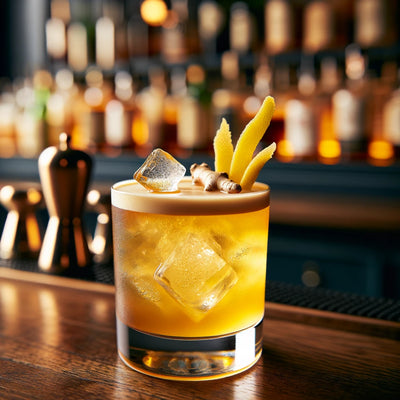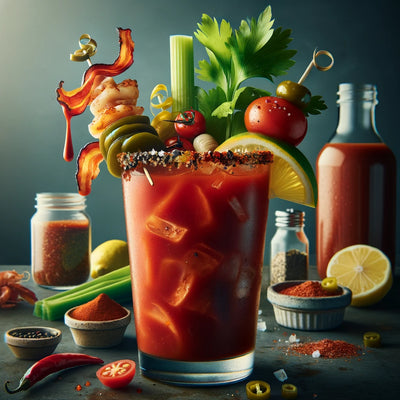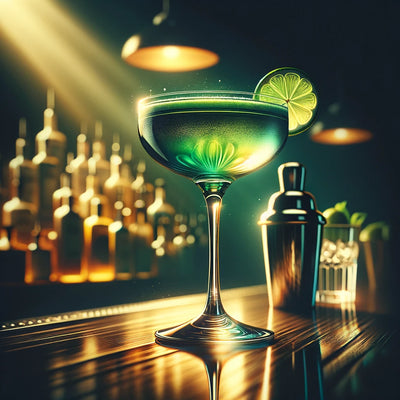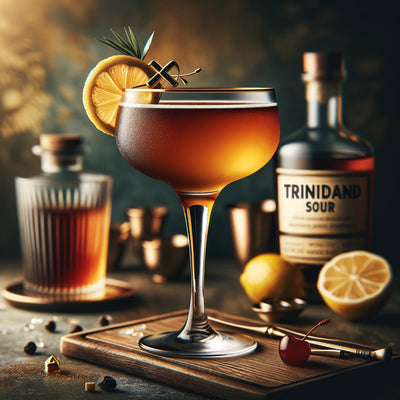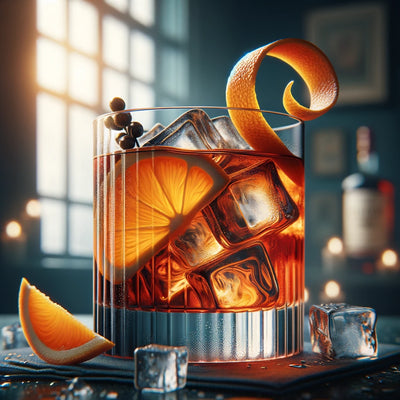How to Make Aquafaba for Cocktails

How to Make Aquafaba for Cocktails: A Vegan's Guide to Frothy Drinks
In the world of mixology, achieving the perfect froth and texture in cocktails often relies on egg whites. However, vegans and those with egg allergies have long sought alternatives that deliver similar results without using animal products. Enter aquafaba, a revolutionary ingredient that has transformed vegan mixology. This detailed guide, infused with the SEO keywords 'cocktail recipe' and 'how to make aquafaba for cocktails,' will walk you through the process of making aquafaba and incorporating it into your cocktail creations.
What is Aquafaba?
Aquafaba, literally translating to "bean water," is the liquid leftover from cooking legumes, such as chickpeas. It has gained popularity for its ability to mimic the properties of egg whites, making it an excellent vegan substitute in baking, cooking, and cocktail-making. Its neutral flavor and frothing capability have made it a staple in vegan recipes, including meringues, mayonnaise, and, notably, frothy cocktails.
Making Aquafaba for Cocktails
The beauty of aquafaba is its simplicity and accessibility. You can obtain aquafaba from two main sources: directly from a can of unsalted chickpeas or by cooking dry chickpeas.
Using Canned Chickpeas:
-
Select the Right Can: Choose a can of unsalted chickpeas to avoid altering the taste of your cocktails. The absence of added flavors or salt ensures that the aquafaba will not impact the flavor profile of your drink.
-
Drain and Reserve the Liquid: Open the can and strain the chickpeas, reserving the liquid. This liquid is your aquafaba.
-
Measure: Typically, 3 tablespoons of aquafaba equate to one egg white in recipes. Adjust the quantity based on the cocktail recipe you're following.
Cooking Dry Chickpeas:
-
Soak: Soak 1 cup of dry chickpeas in water overnight to soften.
-
Cook: Drain the chickpeas and transfer them to a pot. Add fresh water, covering the chickpeas by a few inches. Bring to a boil, then simmer until the chickpeas are tender, about 1-2 hours.
-
Strain and Reserve: Once cooked, strain the chickpeas, preserving the cooking liquid. This liquid is your homemade aquafaba.
-
Reduce (Optional): For a thicker consistency, you can reduce the aquafaba over low heat until it reaches the desired thickness.
Incorporating Aquafaba into Cocktails
Aquafaba can be used in any cocktail recipe that calls for egg white. Here's a basic approach to incorporating it into your drinks:
-
Chill: Start with chilled aquafaba, as it froths better when cold.
-
Mix: Add aquafaba to your cocktail shaker along with the other ingredients. For a standard frothy cocktail, use about 3 tablespoons of aquafaba.
-
Dry Shake: First, shake the ingredients without ice to allow the aquafaba to emulsify and create foam.
-
Wet Shake: Add ice to the shaker and shake again vigorously. This step chills the drink and enhances the froth created by the aquafaba.
-
Strain and Serve: Strain the cocktail into your serving glass. You should have a beautifully frothy top layer, similar to what you'd achieve with egg whites.
Conclusion
Learning 'how to make aquafaba for cocktails' is a game-changer for vegans and those exploring plant-based alternatives in mixology. This versatile ingredient opens up a new realm of 'cocktail recipes,' allowing everyone to enjoy classic frothy drinks without compromising on ethics or dietary restrictions. Whether you're crafting a whiskey sour, pisco sour, or any frothy cocktail, aquafaba is your secret to achieving that perfect foam and texture, proving that sustainable and inclusive choices can also lead to delicious outcomes.
